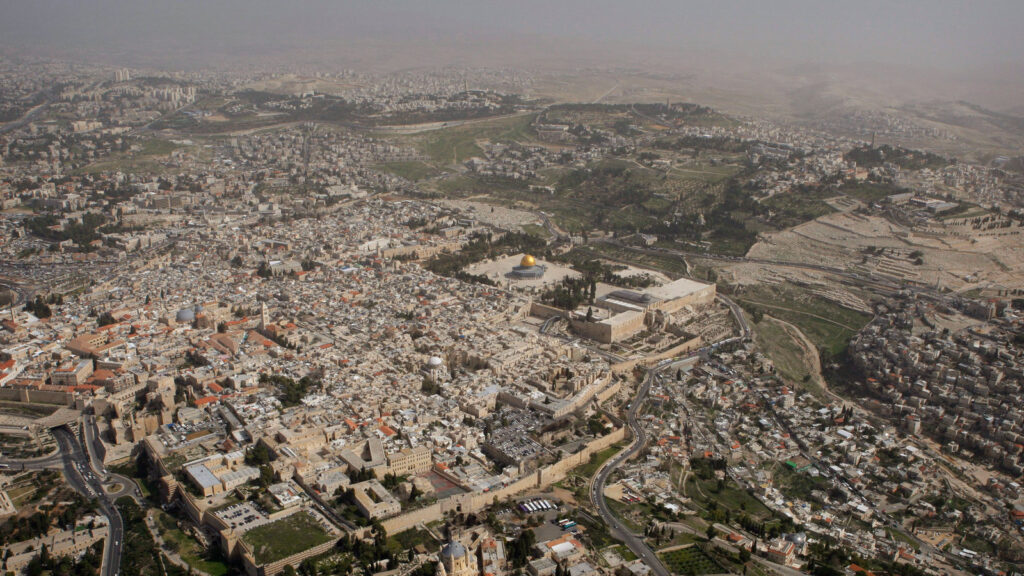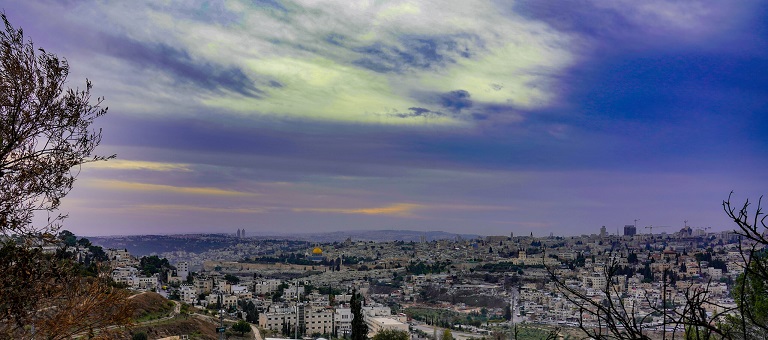Jerusalem is a city with a rich and diverse history that holds a significant place in the Holy Land. From its humble beginnings as a small, crowded settlement overlooking the Gihon spring water, Jerusalem has evolved through the ages, bearing witness to the rise and fall of empires and the construction of iconic religious and architectural landmarks. In this blog post, we’ll explore the fascinating timeline of Jerusalem and highlight some of the longest periods in the city’s lifetime.
Early Beginnings:
Around 3000 – 2800 BC, Jerusalem emerged as a small, crowded settlement, inhabited by Canaanite tribes. Its strategic location overlooking the Gihon spring water made it an attractive place for people to live.
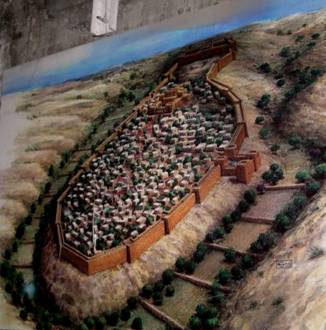
Mention in Ancient Egyptian Documents
Jerusalem’s significance extended beyond its immediate surroundings, as it was mentioned in ancient Egyptian documents such as the Akhetaton Manuscript. These documents provide insights into the interactions between the Egyptians and the people of Jerusalem, revealing trade and cultural exchanges.
Changing Names
Throughout its history, Jerusalem has been known by various names, including Yabus, Oursalem, Ourshalime, Elijah, Bait Almaqdes, and Quds. These names reflect the diverse influences and cultures that have shaped the city over time.
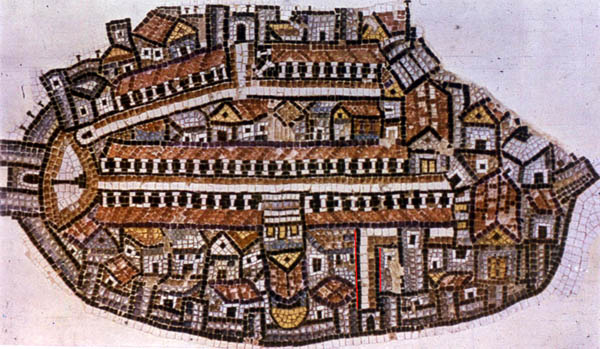
The Roman Era
During the Roman era, Jerusalem witnessed the construction of Roman ruins in the old city, showcasing Roman architectural design. Other Roman cities in the Holy Land, such as Bisan (Bet Shan), Qisarya (Sezaria), and Tiberias, also left their mark on the region.
The Byzantine Era
The Byzantine era saw the spread of churches and monasteries throughout Jerusalem. Iconic structures like the Church of the Holy Sepulchre and the Church of the Nativity in Bethlehem still stand today, preserving their ancient origins.
The Early Arab Era
The Early Arab era brought significant changes to Jerusalem, with the construction of monumental structures like the Dome of the Rock and Al-Aqsa Mosque. These landmarks continue to be revered in the present day.

The Crusader Era
During the Crusader era, Jerusalem experienced renewal and reconstruction, particularly with the restoration of the Church of the Holy Sepulchre.
The Late Islamic Era
After the Battle of Hitteen in 1182 AC, Jerusalem witnessed the rule of the Ayyubies, Mamluks, and Ottomans. Each era left behind substantial ruins and renewed existing structures, including the construction of Saint Anne, the renewal of the Old City walls, and the restoration of water channels.
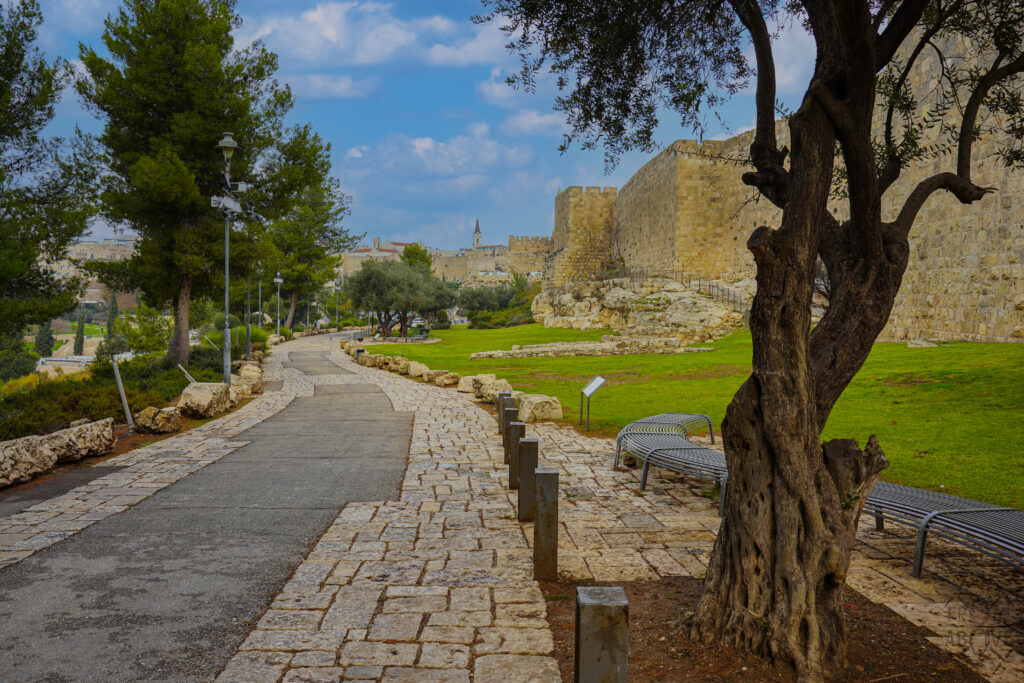
erusalem stands as a testament to the enduring legacy of human civilization and cultural exchange in the Holy Land. Its history encompasses the Roman, Byzantine, Early Arab, Crusader, and Late Islamic eras, each leaving their indelible mark on the city’s landscape. Whether you’re interested in ancient history, architecture, or religion, Jerusalem is a city that will captivate your imagination and leave you with a deep appreciation for the enduring legacy of human civilization.
